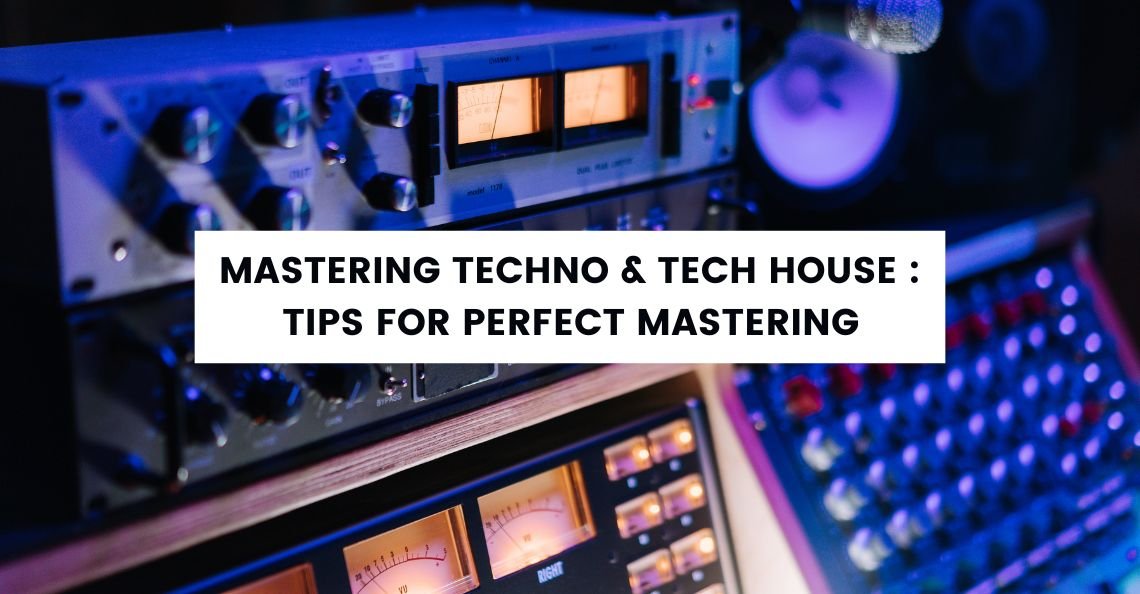
When mastering a track, one of the most common questions producers and engineers ask is: How loud should my master be? With the rise of streaming platforms and evolving loudness standards, achieving the right balance is more critical than ever. In this guide, we’ll break down LUFS, loudness standards, and how to optimize your master for different platforms.
Understanding LUFS : The Key Loudness Measurement 🔊
LUFS (Loudness Units Full Scale) is the most reliable way to measure perceived loudness in audio. Unlike older peak-based measurements like RMS or dBFS, LUFS considers how humans actually perceive loudness over time. This ensures a more consistent listening experience across different media and platforms.
Types of LUFS Measurements
👉 Integrated LUFS : Measures the overall loudness of an entire track.
👉 Short-term LUFS : Measures loudness over a three-second window.
👉 Momentary LUFS : Measures loudness at an exact moment.
For mastering, Integrated LUFS is the most relevant measurement, as it gives an accurate representation of a track’s loudness from start to finish.
Loudness Standards for Streaming Platforms 📡
Different streaming services have their own loudness normalization standards, meaning they adjust track volumes to provide a uniform listening experience. If your track is too loud, it may be turned down; if it’s too quiet, it might not stand out.

Finding the Right Loudness for Your Master 🎼
Now that you know the standards, how should you approach your mastering process ?
Balance Loudness and Dynamics ⚖️
While pushing a track to extreme loudness levels may make it feel more powerful, it often comes at the cost of dynamics. A heavily compressed and limited master can sound lifeless. Aim for a LUFS level that retains punch, clarity, and headroom.
Test Your Mastering Loudness 📊
Use LUFS meters like Youlean Loudness Meter or iZotope Insight to check your track’s loudness before uploading. These tools help ensure that your master meets the target LUFS levels.
Adjust Limiting and Compression Wisely 🎚️
👉 Use gentle compression to control dynamics without squashing transients.
👉 Apply limiting strategically to increase perceived loudness while preventing distortion.
👉 Leave at least -1dB True Peak headroom to avoid clipping on streaming platforms.
Compare to Reference Tracks 🎵
Listen to well-mastered songs in your genre and compare loudness levels. This helps ensure your track competes with professional releases without being over-processed.
Conclusion : Mastering Loudness Done Right ✅
There’s no single “perfect” loudness level, but understanding LUFS and tailoring your master to the intended platform ensures the best listening experience. Aim for a balance between clarity, punch, and competitive loudness to make your music sound its best across all playback systems.
If you need professional mastering that meets loudness standards while keeping your music dynamic and engaging, get in touch with us at Slash Mastering. We ensure your tracks are optimized for all streaming platforms without sacrificing quality.




